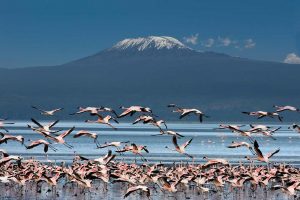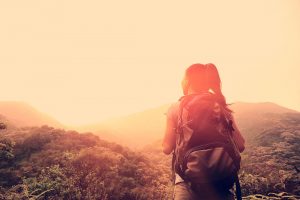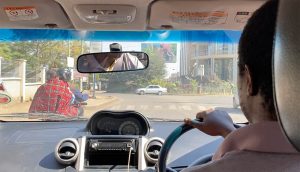There are many reasons why people’s summit attempts fail on Kilimanjaro. In this post, we will cover the top five reasons people do not make it to the summit of Kilimanjaro.
1. Altitude Sickness
By far, the most common reason people fail on Kilimanjaro is due to altitude sickness. At high elevations, nearly everyone will experience some symptoms of altitude sickness. Most of the time these symptoms are mild levels of altitude sickness include a headache, nausea, lack of appetite, dizziness, and lethargy. This is normal.
Yet, when symptoms begin to worsen to higher levels of the illness, climbers should not go any higher as their bodies are not adapting to the altitude. The best way to reduce the chances of getting altitude sickness is to book your climb on a longer route. Doing so will give your body extra days to acclimatize and in turn increase your success rate. That is why we prefer the 8 Day Lemosho and 9 Day Northern Routes over the 6 Day Rongai or 7 Day Machame. These routes add an extra rest day which increases your probability of success by about 20% for each day added.
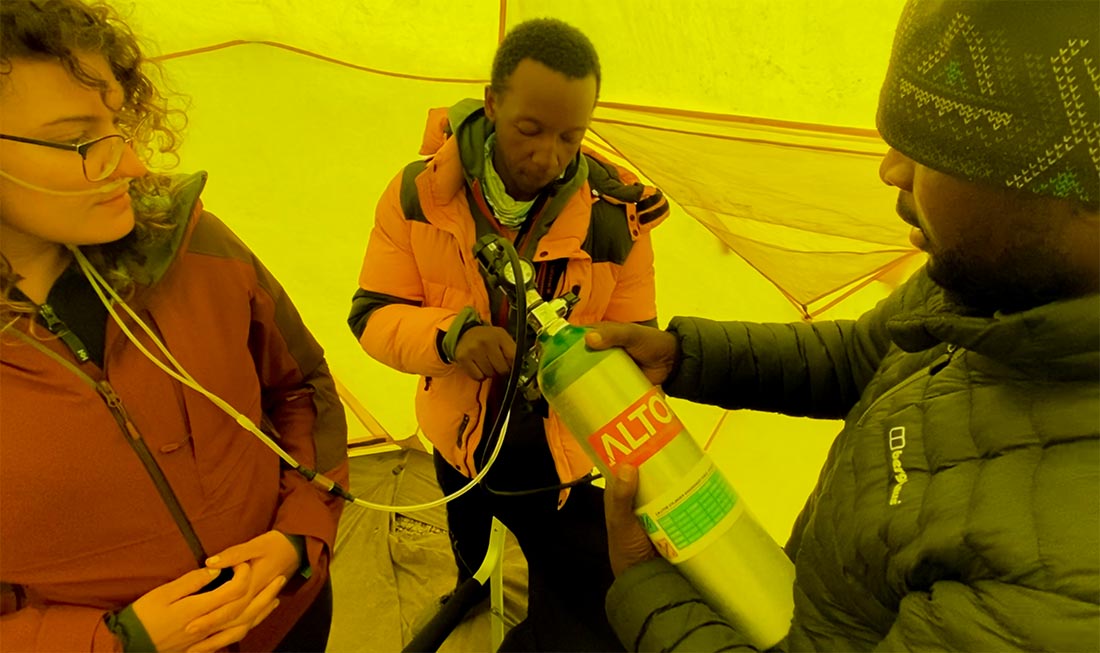
2. Untrained Guides
We believe that the operator you choose to climb Kilimanjaro with is the most important factor in making the summit. Guides who are inexperienced and not properly trained, not only decrease your chances of making the summit, they also put your life at risk.
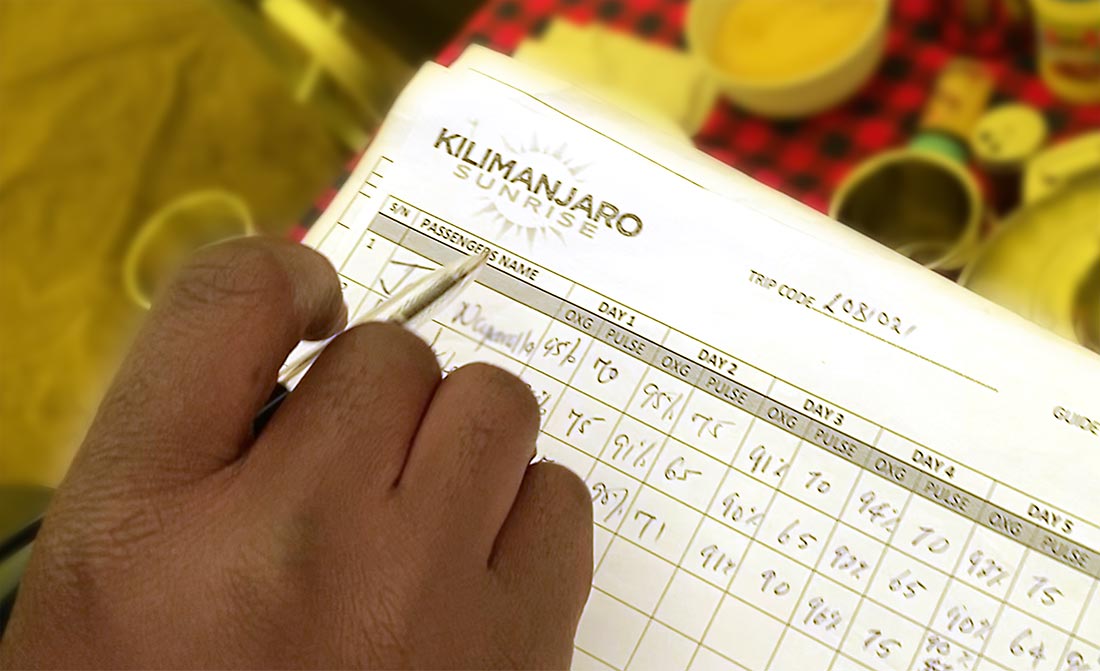
3. Lack of Training

From here you have an additional hour of climbing to achieve your goal. Once you reach the top, you’ll take a short break for snacks and a photo shoot. You’ll then begin your descent back down to base camp for a brief stay to eat and to take a nap.
Once you have rested, you’ll descend for several more hours to a much lower-elevation camp. It is this long day that can wear on even the most avid hiker. Summit day can be both difficult and mentally challenging. It takes a good degree of fitness to complete a Kilimanjaro climb.
Fitness comes from training. We understand that it is not always easy trying to find the time to get to the gym or to go hike. But, to get yourself in peak condition, try training 12 weeks before your climb. Use the Stair Master or elliptical and/or go for a good 5-8 mile hike at least once a week to start. Add a few more miles each week, so you are consistently hiking around 12 miles. As you build your stamina add weight to your pack.
4. Lack of Food or Water
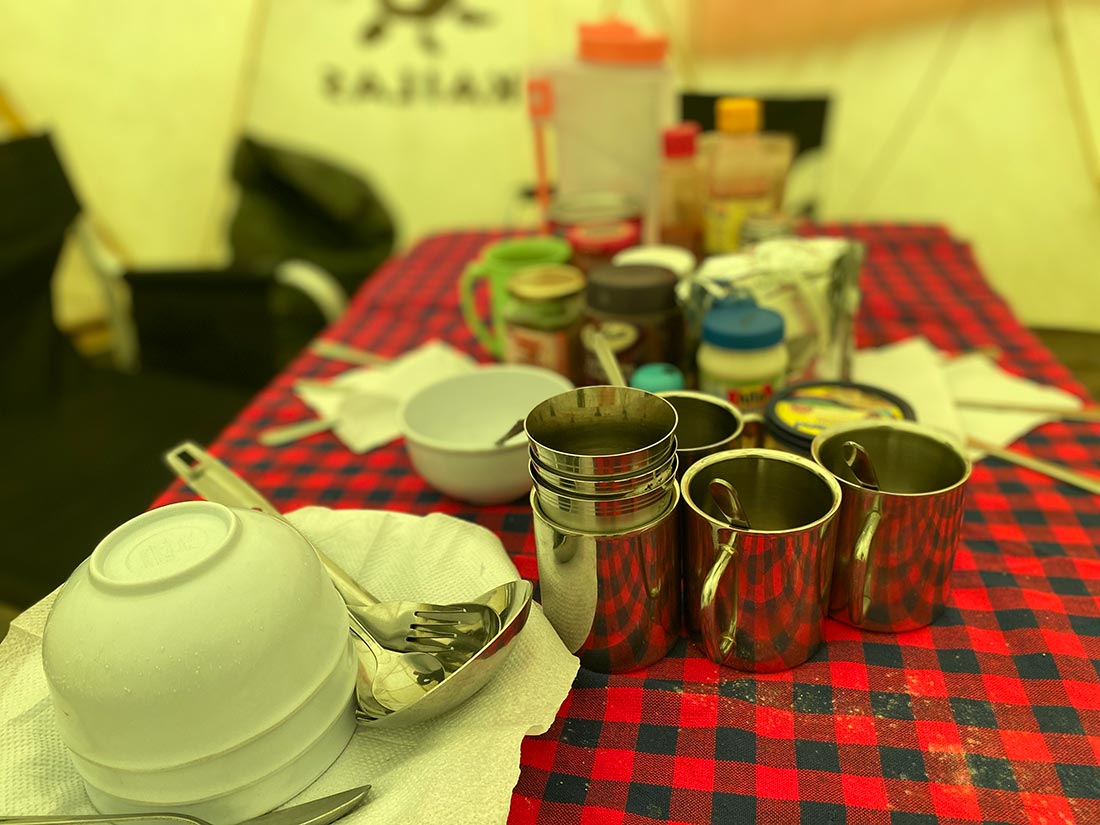
Your guides will always remind you to drink and eat as much as possible, even if you do not feel hungry. We also believe that bringing an electrolyte powder mix is very helpful for recovery after long days.
5. Injuries and Other Illnesses
Finally, when hiking over many days, it is not unusual for some injuries to occur. A twisted ankle, blisters, or swollen joints can end your Kilimanjaro climb if hiking becomes too painful. If you have known physical challenges, it is prudent to take action to counteract them. For instance, bringing sock liners, extra socks, and a blister kit to stop blisters from forming or getting worse. Additionally, use trekking poles to ease the impact on problematic joints. Wear high boots for better ankle support. Maintain good hygiene on the mountain. Stomach issues are quite common on the mountain. Always wash your hands or use hand sanitizer after using the toilet or before eating to prevent getting germs.
In the end, people turn back for a variety of reasons. It is a shame to spend so much time and money only to fail. To avoid this scenario, go with a reputable company that has a high success rate and experienced guides. Climb with Kilimanjaro Sunrise and our guides will do everything they can to make sure you safely make it to the summit.







